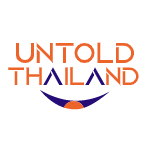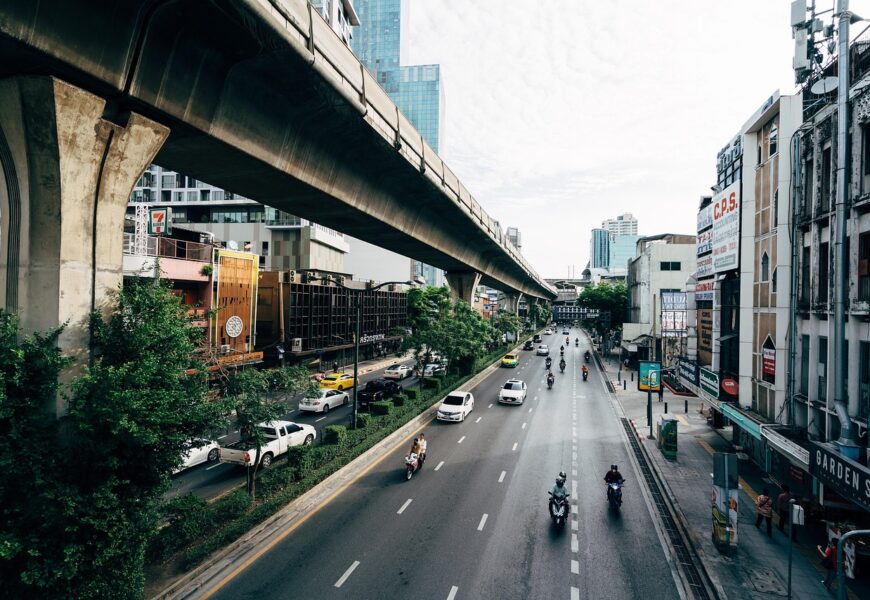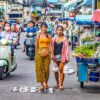Thailand, a vibrant Southeast Asian nation, boasts a remarkable array of cities that showcase the country’s rich cultural heritage, modern development, and extraordinary diversity. From bustling metropolitan areas to historic urban centers, Thailand’s cities offer travelers and residents an incredible tapestry of experiences that blend traditional charm with contemporary dynamism. Each city presents a unique narrative, reflecting the complex historical, economic, and cultural landscapes that have shaped Thailand’s urban environments over centuries.
Bangkok: The Pulsing Metropolitan Heart
Bangkok, Thailand’s capital and largest city, represents an extraordinary urban landscape that seamlessly combines ancient traditions with cutting-edge modernity. Home to approximately 10.5 million people in its metropolitan area, Bangkok serves as the country’s primary economic, cultural, and political hub. The city features an impressive skyline punctuated by gleaming skyscrapers alongside centuries-old Buddhist temples, creating a visually stunning architectural contrast that captures Thailand’s complex identity.
Visitors to Bangkok can explore world-renowned attractions like the Grand Palace, a magnificent complex showcasing intricate Thai royal architecture, and Wat Phra Kaew, which houses the sacred Emerald Buddha. The city’s transportation infrastructure, including its extensive BTS Skytrain and MRT subway systems, efficiently connects various districts and facilitates easy urban navigation. Street markets, luxury shopping centers, and a vibrant culinary scene further enhance Bangkok’s appeal as a dynamic global metropolis.
Chiang Mai: Cultural Jewel of Northern Thailand
Located in Thailand’s mountainous northern region, Chiang Mai represents a dramatically different urban experience from Bangkok. With approximately 200,000 residents, this ancient city serves as a cultural and artistic center renowned for its rich historical heritage. Founded in 1296 as the capital of the Lanna Kingdom, Chiang Mai maintains numerous well-preserved temples, historic city walls, and traditional architectural elements that reflect its profound cultural significance.
The city is particularly famous for its annual festivals, including the spectacular Songkran water festival and the mesmerizing Yi Peng lantern festival. Chiang Mai’s surrounding landscape of verdant mountains and lush forests provides stunning natural backdrops, while its numerous art galleries, craft markets, and culinary schools attract both domestic and international visitors seeking authentic cultural experiences.
Phuket City: Tropical Urban Paradise
Situated on the stunning Andaman Sea coast, Phuket City represents Thailand’s premier island urban center. As the capital of Phuket Province, this city combines urban amenities with extraordinary natural beauty. The city serves as a crucial economic hub for southern Thailand’s tourism and maritime industries, attracting millions of international visitors annually to its pristine beaches and vibrant urban environment.
Phuket City showcases a fascinating blend of architectural styles, including Sino-Portuguese buildings in its historic Old Town that reflect the region’s complex cultural heritage. The city’s strategic location has historically made it an important trading center, with influences from Chinese, Malay, and European cultures evident in its urban landscape. Modern infrastructure, international restaurants, and world-class resorts complement the city’s traditional charm.
Nakhon Ratchasima: Gateway to Northeastern Thailand
Often referred to as Korat, Nakhon Ratchasima represents a critical urban center in Thailand’s northeastern Isaan region. With approximately 200,000 residents, this city serves as a significant transportation and economic hub connecting multiple provinces. Its strategic location makes it an essential commercial and administrative center for the broader northeastern region.
The city offers visitors insights into traditional Isaan culture, featuring numerous historical sites, local markets, and cultural attractions. Nearby archaeological sites like Phimai Historical Park provide glimpses into the region’s ancient Khmer heritage, while modern shopping centers and educational institutions demonstrate the city’s ongoing development and economic potential.
Emerging Urban Landscapes
Beyond these prominent cities, Thailand continues to develop numerous emerging urban centers that showcase the country’s dynamic economic growth. Cities like Hat Yai in the south, Chiang Rai in the north, and Rayong in the eastern industrial corridor are experiencing rapid transformation, attracting investments and developing sophisticated infrastructure.
These emerging urban areas represent Thailand’s potential for continued economic expansion, technological innovation, and cultural preservation. Each city contributes uniquely to the nation’s complex urban tapestry, reflecting diverse regional characteristics while maintaining a cohesive national identity.
Thailand’s cities offer far more than mere geographical locations; they represent living, breathing ecosystems that narrate the country’s extraordinary journey through history. From ancient temple complexes to modern technological hubs, these urban centers embody Thailand’s remarkable ability to honor tradition while embracing progressive development. Travelers and researchers alike will find endless opportunities for exploration, understanding, and appreciation within these diverse and dynamic urban landscapes.









